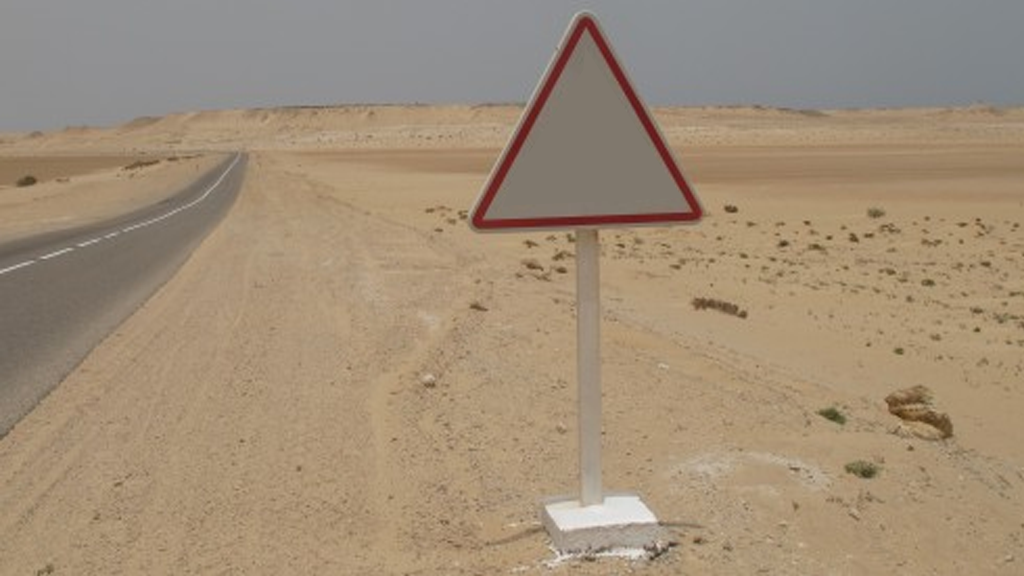SURICATE quartz exploration tenements are located in the same context where huge quantities of quartz is occurring and many samples collected are showing a high purity (more than 99.99% SiO2).The area of SURICATE tenements contains hydrothermal vein-like quartz deposits which comprise zones reflecting different periods of mineralization.
These zones vary enormously in thickness,with individual quartz veins ranging from 10 to 500 m width. They present also some massive quartz deposits in similarly zoned pegmatites, essentially very coarsely crystalline hydrothermal host rock fissure fillings, with larger volumes. However, no metamorphic quartzite bodies have been observed within the tenements area.
SURICATE is targeting the development of the HPQ potential through a geological assessment based on field exploration including the mineralogical and chemical trace element analysis of samples collected from outcrops and/or drill cores showing the variation of quartz quality within the deposit. Drilling based on geological mapping and appropriate remote sensing techniques, determine the three dimensional extent of the mineralised body.
In order to reduce exploration costs information from initial drilling is combined with geophysical data derived from methods such as seismic, gravimetric, geo-electric or geomagnetic field surveys.Geophysical resistivity profiles apparent lateral variations in resistivity of rocks using a specific electrode array over constant distances in specific locations.
Vertical Electrical Sounding (VES) is planned by technical team to provide information on vertical variations in resistivity within a geological formation. Apparent resistivity values are correlated with the geological formations present to provide an interpretation of the extent of a deposit. This assists efficient drill hole sitting, the results of which ideally confirm and complement, in greater detail, resistivity data.
Once a quartz deposit is identified in our tenements, the precise quality of its mineral content and potential for quality improvement will be examined and will be key factors in determining its economic value. Representative samples will be taken for detailed investigation to evaluate the potential of the raw material to be processed into a high value refined product.
Determinative mineralogical techniques characterise any fluid and/or mineral inclusions that need to be removed by applying tailor-made processes. The combination of mineralogical characterisation across the whole deposit by means of representative sample analysis with the identification of appropriate specific processes to remove impurities is crucial to the thorough evaluation of any raw quartz deposit for high purity and high value applications.

